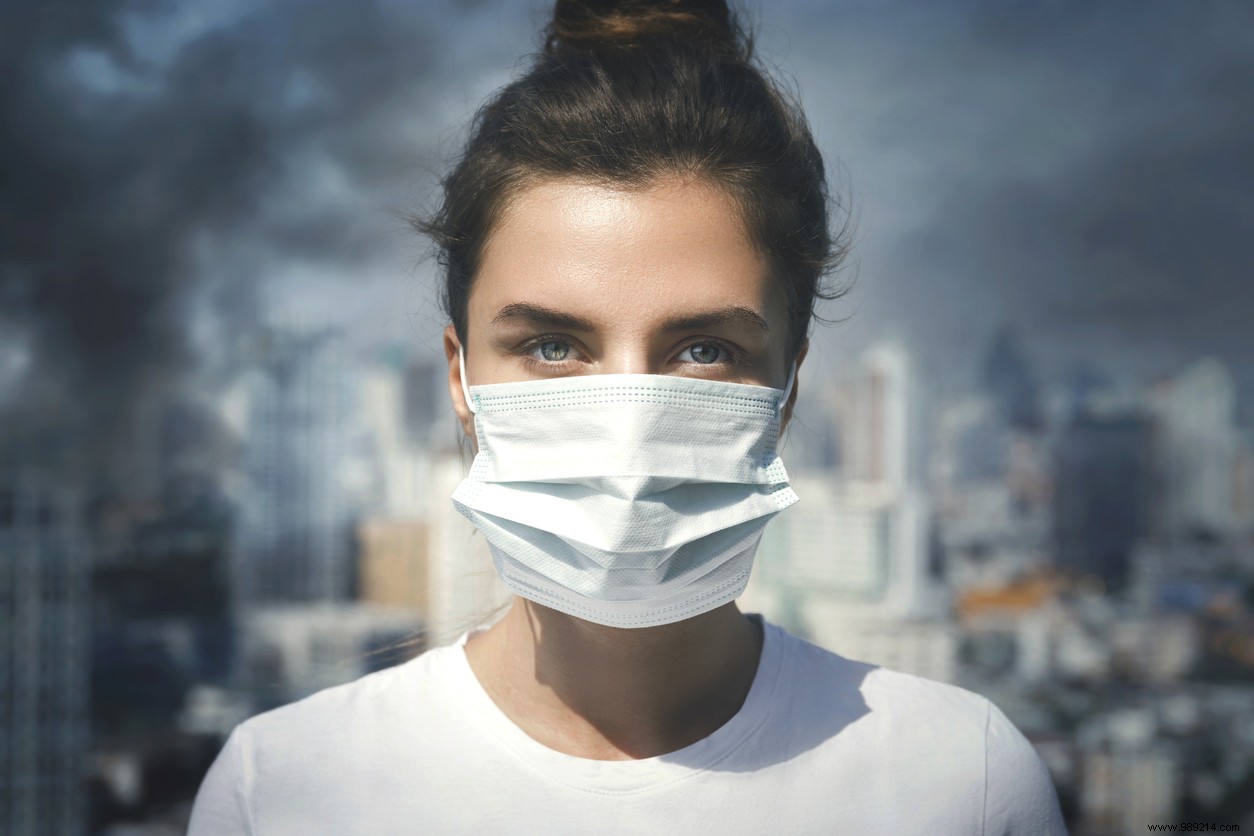Several hundred researchers around the world are sounding the alarm:the viral particles of the new coronavirus could also be transmitted by tiny airborne droplets.
The SARS-CoV-2 coronavirus continues to spread across the world at a very rapid rate. South Africa has notably recorded more than 10,000 new cases in the last 24 hours , a record that raises fears of a spike in infections in the country.
For its part, India has just announced that it has recorded a total of nearly 700,000 cases since the start of the epidemic . It thus becomes the third most affected country in the world in terms of the number of contaminations behind the United States and Brazil, and ahead of Russia.
To date, more than 11,471,000 cases have been recorded worldwide, including more than 534,000 victims, according to the count by John Hopkins University, which refers. A balance sheet that could be largely underestimated due to the lack of screening.
These new outbreaks of cases identified could be explained by the relaxation of the containment measures put in place in the vast majority of countries. But other factors could also play a role. What if the virus itself had also been underestimated?
The track had already been offered before it was discarded. It is back on the table today.
According to a team of 239 researchers from 32 countries , SARS-CoV-2 could ultimately linger in the air in a room long enough to infect those nearby, reports the New York Times . In other words, the new coronavirus could also be transmitted through the air.
A possible route of transmission has been refuted several times by the World Health Organization (WHO), as we have just said, which maintains that the virus is mainly spread by large droplets after a sneeze or cough.
According to Dr. Benedetta Allegranzi, WHO technical lead in infection control, there is not enough evidence of airborne spread of the virus.
“Over the past two months, we have repeatedly stated that we consider airborne transmission to be possible, but certainly not supported by strong or even clear evidence. There is a strong debate about this “, she said, relayed by the New York Times .

In an open letter, soon to be published in the scientific journal Clinical Infectious Diseases , the international team nevertheless urges the WHO to revise its recommendations , while bars, restaurants and other meeting places are reopening all over the planet.
If it turns out that the virus can indeed be transmitted by airborne means, then wearing a mask should be necessary even in socially distant environments. For their part, health workers should also need N95 masks capable of filtering even the smallest respiratory droplets.
Researchers also call for sufficient and effective ventilation (providing clean outdoor air, minimizing air re-circulation) to be available in public buildings , work environments, schools, hospitals and nursing homes.
The official publication of such recommendations, as the world deconfines, could on the other hand be more complicated than expected .
Indeed, several interviews conducted by the New York Times with about twenty researchers who co-sign this open letter seem to draw an organization (WHO) very “out of step” with science .
The infection prevention and control committee, in particular, would have too narrow a view of the situation, and would therefore be reluctant to take risks in updating its guidelines. “They will die defending their point of view even says a former WHO consultant.